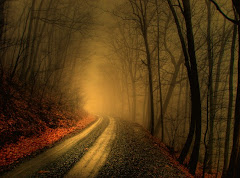 Stumble It!
Stumble It!
In photography there are certain ways to assure an income. One thing to keep in mind, though - you have to be good. Event photography brings immediate results.
The selling scenario:
A simple formula to follow is if there is avid interest in an activity and you can capture things that stir people's emotional ties, those photos will sell. This is how I do this:
I go to an event such as a Natural Bridge Speedway race. I take pictures. People become curious about the guy with the camera. After the race, I send an email to the owner of the track, and tell them what I am up to. Plus I give them a link to a book I made on Blurb, and hope that they are impressed.
When I go to subsequent races, I bring the books and 8x10s, which are presented nicely in a case. I make sure that I give some photos and books to the owner of the track.
Now, I have their blessings to sell, but I still keep a low profile and let people approach me. Everything sells like hotcakes. I
 keep my prices low, like ten for an 8x10, and twenty for a book.
keep my prices low, like ten for an 8x10, and twenty for a book.A small profit margin, but sales are repeated over and over.
This sounds simple enough, but you need to use tact, and be graceful. And be sure to thank the owner of the event for this special opportunity.
If this is all that happens, you will make some income. However, there are other possibilities.
Start thinking in a larger perspective. Could your photos be used for event promotions? And think of the countless products that could be made and sold through the event owners, or even the participants. Be creative and think out of the box, and even more income could come your way.
Now, this is a small-time operation that is run on a dime. Some people specialize in event photography and have the photos developed on the spot. Operations like this one have really capitalized on event photography.
Personally, I could not develop on the spot. Each photo takes time for me to process and I am very particular in getting the image enhanced just like I like it, but developing on the spot would definitely increase sales.









